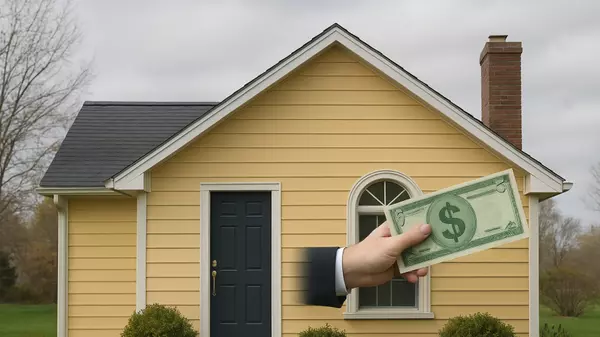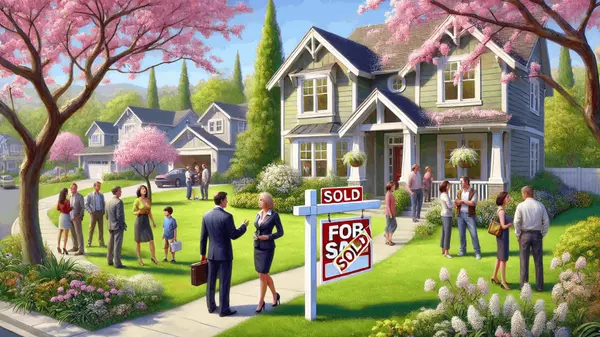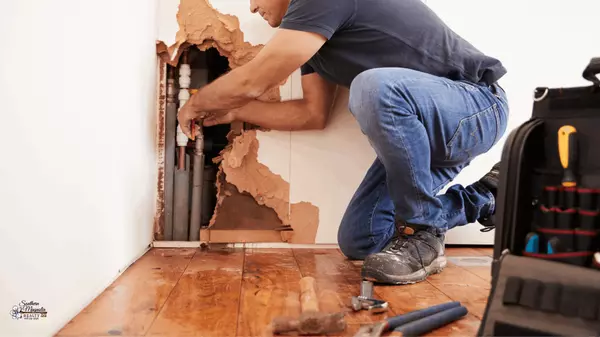Why Warren Buffett-Backed Analysts Are Betting on Multigenerational Housing
Multigenerational Living: A Practical Shift That’s Reshaping the Housing Market
Let’s strip away the sentimentality and look at what’s really happening.
You walk in the door after a long workday. Your dad’s in the kitchen showing your daughter how to replicate his pasta sauce recipe. Your mom’s out back managing the plants. Upstairs, your brother’s on his final Zoom call of the day.
At first glance, it might feel chaotic. In reality, it’s the outcome of a calculated shift: more families are choosing multigenerational living, and not just for nostalgia or convenience. It’s a response to economic pressures and lifestyle realities. And it’s gaining traction.
Berkshire Hathaway HomeServices, backed by Warren Buffett’s data-informed foresight, has identified multigenerational housing as a rising trend. Let’s assess why, and how to respond.
What’s Driving the Move to Multigenerational Homes?
We’ve seen a 17% increase in multigenerational households from 2010 to 2020, with more than 59 million Americans now living in these arrangements. The growth isn’t random, it’s tied to clear, quantifiable factors:
-
Affordability pressures. Younger adults are earning significantly less than prior generations, around $10,000 less after adjusting for inflation, while housing costs climb.
-
Rising elder care costs. Many aging adults lack sufficient retirement savings and prefer to age in place. Sharing a home offsets escalating care expenses.
-
Childcare economics. Families are reducing childcare costs by integrating caregiving across generations.
-
Remote work scalability. Flexible work setups allow more people to function independently under the same roof without logistical breakdowns.
This isn’t just about saving money, it’s about reallocating resources to increase support, resilience, and day-to-day functionality.
Key Features of a Functional Multigenerational Home
If you're buying or modifying a home for multigenerational use, certain structural features increase livability and long-term value. Look for:
-
Defined living spaces (ADUs, finished basements, in-law suites) to preserve autonomy
-
Multiple kitchens or kitchenettes to support independent routines
-
Universal design elements (main-floor bedrooms, walk-in showers, wider doorways)
-
Separate entrances for logistical efficiency
Retrofits also deserve attention. Converting underused areas: garages, basements, dining rooms; can produce high-function, high-value results.
Selling? Position for This Market
Buyers aren’t just interested in square footage. They’re evaluating layout adaptability and privacy potential.
Homes with built-in flexibility often command a premium. Even if your home wasn’t designed with multigenerational living in mind, strategic staging and clear marketing can surface its value to this growing buyer segment.
For Investors: This Isn’t a Fad
This is a developing market with a clear trajectory.
Berkshire Hathaway called it a “goldmine for remodelers.” They're not wrong. Investors targeting properties with conversion potential, or developing purpose-built multigenerational rentals, stand to benefit from extended occupancy, higher rents, and long-term stability.
Even small upgrades, like adding a separate entry or second kitchen, can materially impact ROI.
The Direction Builders Are Taking
Developers are responding with new builds designed around how people actually live:
-
Private living quarters for extended family
-
Shared gathering areas that still allow for personal space
-
Accessibility features that eliminate the need for future renovations
This is a practical evolution in how we use space, shaped by economic necessity and a shift toward integrated support systems.
Whether you’re evaluating your next home purchase, positioning your property for sale, or refining your investment strategy, recognizing this trend allows for more informed, resilient decision-making. This isn’t an emotional shift. It’s structural, and it’s just getting started.
Categories
Recent Posts











